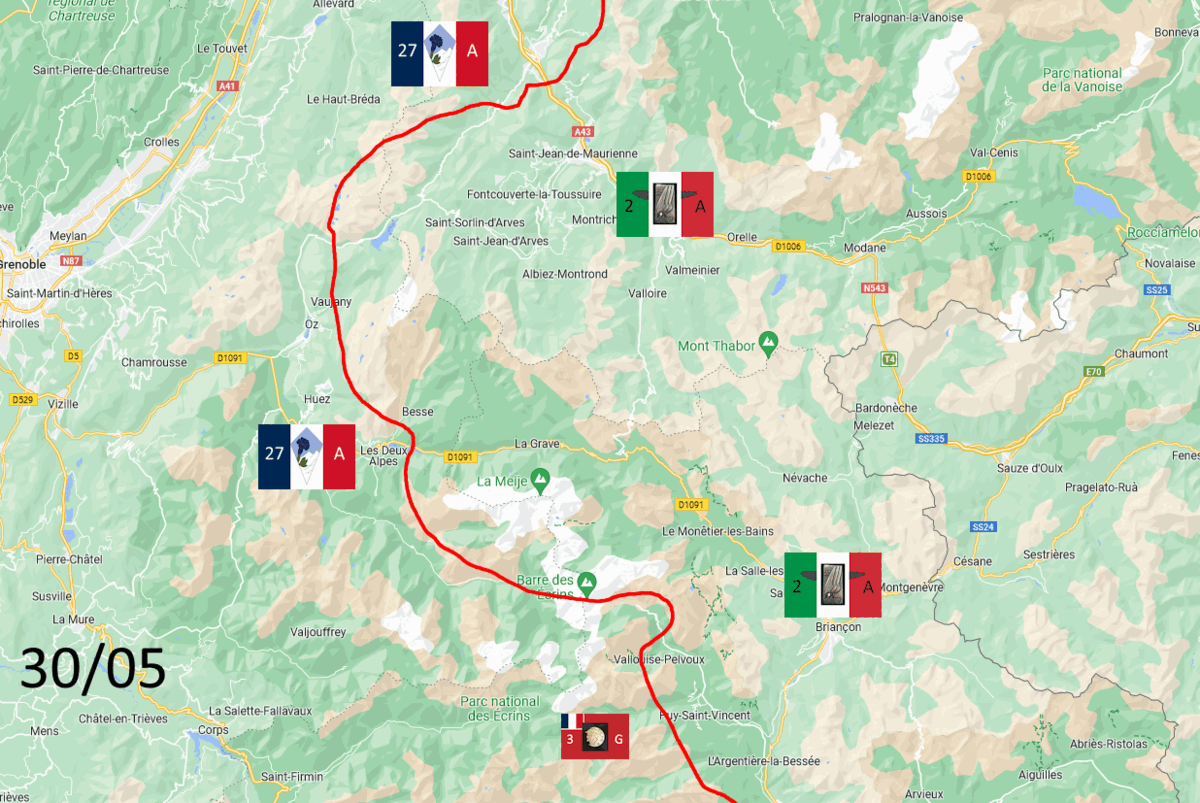10/06/44 - Italy
April 10th, 1944
Italian campaign
Operation Buckland
Italian Front (east) - As the intensity of the fighting for Urbino diminishes, the infantrymen of the 133rd Brigade and the West Nova Scotia Rgt continue to hold the men of the 52. ID and the Panzergrenadiers of the 24. Panzer.
Meanwhile, on the plain, the Allies decide that it is time to exploit the situation. They engage the Canadian 1st Armoured Brigade towards Isola del Piano and the 11th Armoured Brigade (of the South African 6th Armoured) towards Pian di Dondola. The Allied tanks come up against the Panzergrenadiers of the 26. Rgt and the Leopards of the 24. Panzer Rgt, whose counter-attack prevents any breakthrough.
Italian campaign
Operation Buckland
Italian Front (east) - As the intensity of the fighting for Urbino diminishes, the infantrymen of the 133rd Brigade and the West Nova Scotia Rgt continue to hold the men of the 52. ID and the Panzergrenadiers of the 24. Panzer.
Meanwhile, on the plain, the Allies decide that it is time to exploit the situation. They engage the Canadian 1st Armoured Brigade towards Isola del Piano and the 11th Armoured Brigade (of the South African 6th Armoured) towards Pian di Dondola. The Allied tanks come up against the Panzergrenadiers of the 26. Rgt and the Leopards of the 24. Panzer Rgt, whose counter-attack prevents any breakthrough.

